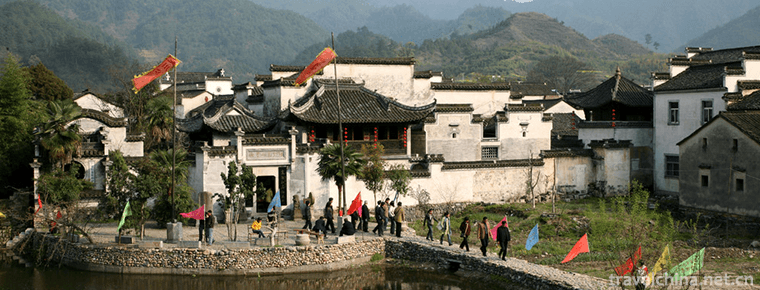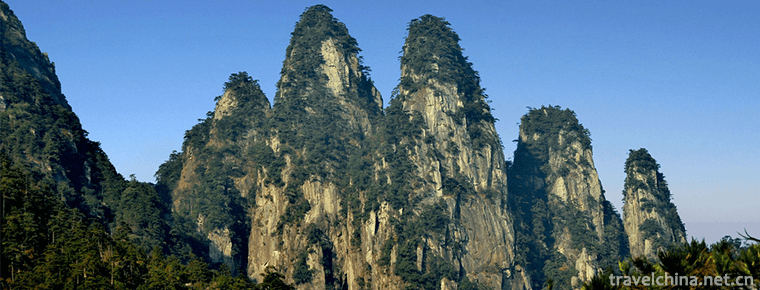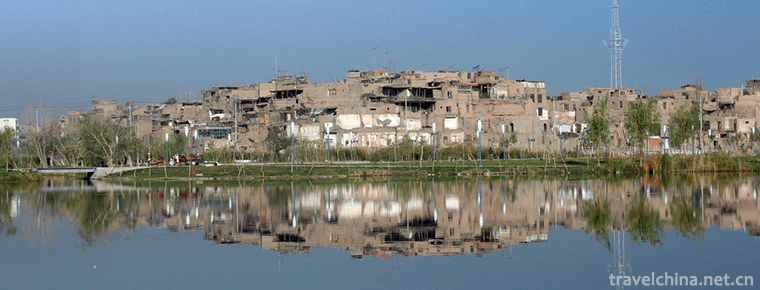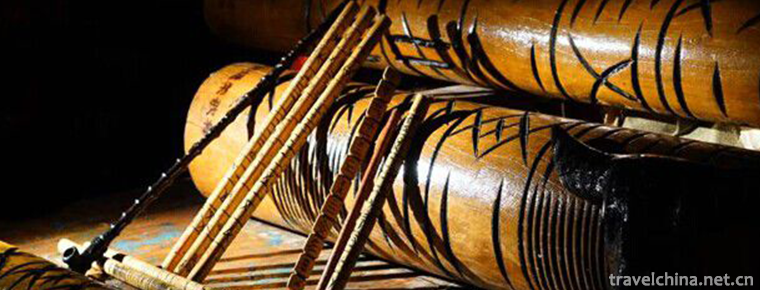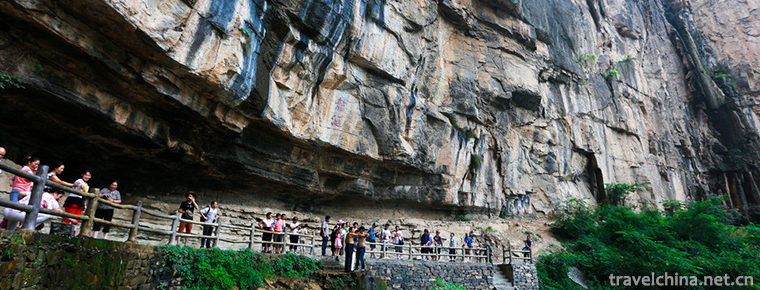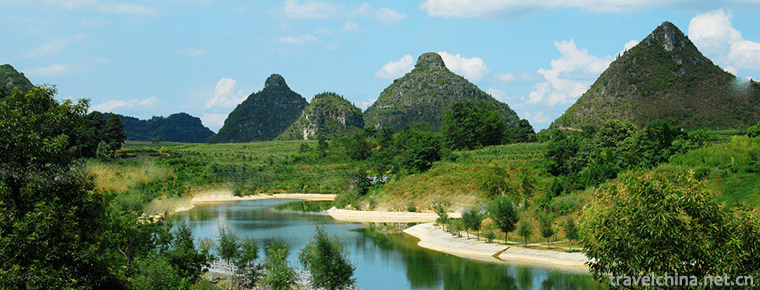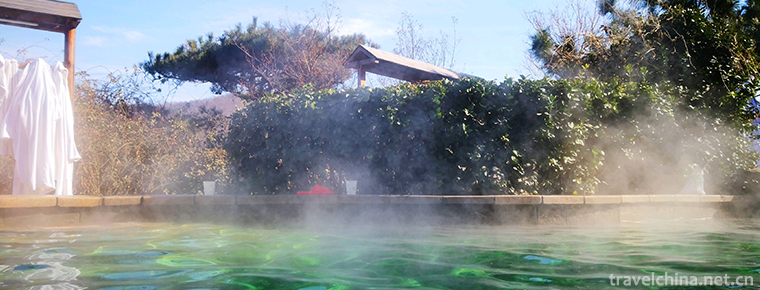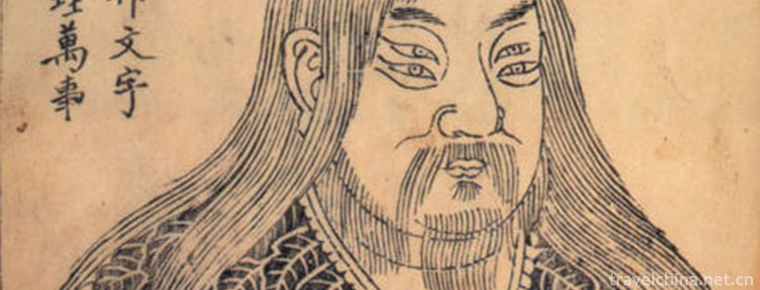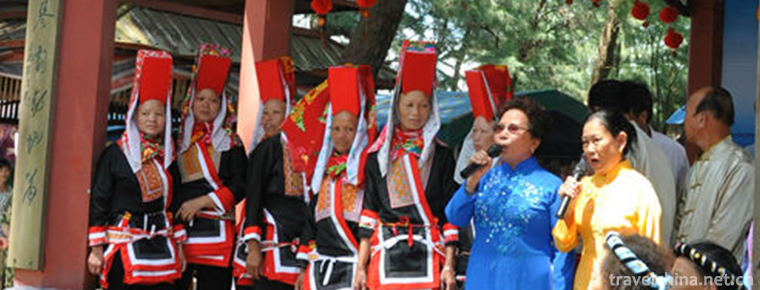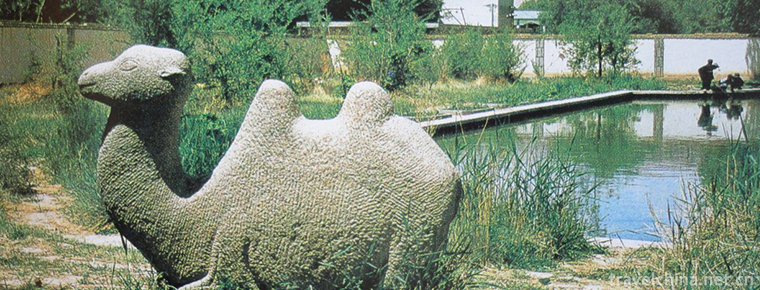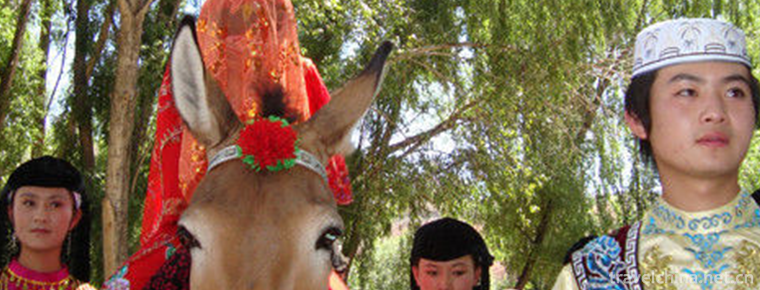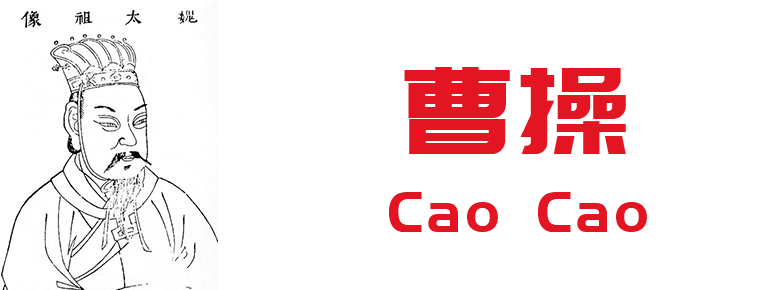Drum dance
Drum dance
Hani rhythm and drum dance is a kind of sacrificial dance of Hani people on the traditional festival "Onmatu". The dance is vigorous and bold, vigorous, simple and free, showing the same personality as the Hani People's Mountain and the same feelings as the forest. The rhythm and drum inspiration originated in the ancient times when the Hani people lived by hunting.
In November 2014, the handcuffs and drums declared by Jianshui County of Yunnan Province were listed in the fourth batch of national intangible cultural heritage list with the approval of the State Council.
historical origin
In order to contact and invite hunters during hunting, people inadvertently found that the hollow trees in the mountains would make a noise, so they cut hollow logs and stretched the cowhide to make drums. In addition to contacting and inviting hunters, drums can also play a role of attracting prey by tapping gently sometimes. If a single person or a small number of people encounter a beast, stormy beating can also play the role of self-defense of the beast running under the mouth.
The simple, deep, dignified, rhythmic and mysterious dance moves the audience's thoughts to the ancient Hani tribe, witnessing the heroic struggle between the Hani ancestors and nature. With the development of society, they imitated the farming action of agricultural production, which made the rhythm inspiration develop abundantly. Especially the discovery and utilization of copper began to have the rhythm inspiration, which became the real rhythm inspiration. Handcuffs represent the fullness of millet and drums represent the abundance of millet grains. Now, handcuffs and drums are the main activities to pray for a full crop, a good harvest of grain or to celebrate festivals and festivals.
Especially the Hani people's traditional ritual of "sacrificing dragons" which prays for good weather and good luck is inseparable from the rhythm and drum. They always carry the rhythm and drum through the whole process. Every festival, Hani set up a rhythm drum farm in the forest, singing a long narrative song of "Haba" in memory of their ancestors'achievements, dancing rough and vigorous, reflecting the ancient social life of the Hani people and the arduous encouragement of digging terraces. When dancing, first of all, the prestigious and respectful elders elected to preside over the opening ceremony, toast on gongs and drums, hold handcuffs around the table three times, salute to the four directions, and then knock the gongs three times to show the beginning. Afterwards, the dancer holds the handcuffed drum, beats and dances, forms a circle, the drum beater is outside, the handcuffer is in the center. When dancing, the center of gravity of the body moves down, the legs continue to flex and stretch, and the body fluctuates up and down. At this time, Hani women are standing hand in hand in two lines, dancing a simple, deep, vigorous, rigid and soft dance. The whole dance is simple and vigorous, deep and powerful, novel in rhythm and enthusiastic and unrestrained, which makes people feel a kind of male masculinity beauty, and vividly reflects the Hani people's strong and simple character and perseverance of the national spirit.
Inheritance significance
Haniduo Drum Encouragement was once praised as "the art of world style". It was praised at the opening and closing ceremonies of the National Minority Sports Games and the Third China Art Festival for its touching power. He won the highest prize in the Chinese Encouragement Competition held in the capital, the Shanhua Prize. The rhythm and drum show the great national character of the Hani people's ancestors, who are persistent, persevering, united and struggling, breaking through all difficulties and dangers, and heading for the ideal goal. The drum dance is one of the important heritage of Hani's ancient culture. It is not only the essence of Hani dance, but also has important value for studying Hani's history and the prosperity of today's national dance art.
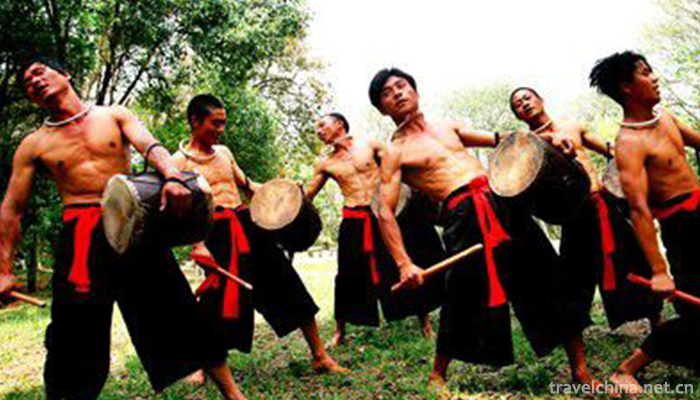
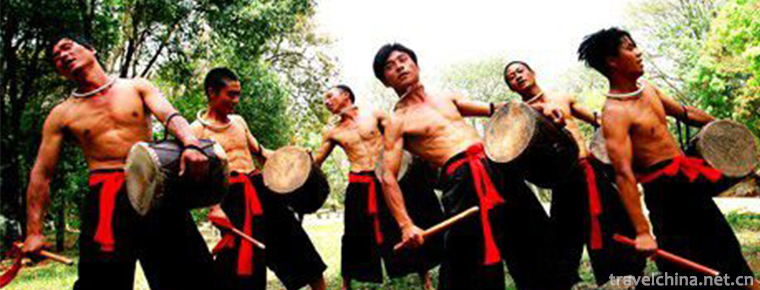
Drum dance
-
Jixi Longchuan Scenic Area
Jixi Longchuan Scenic Area in Xuancheng City, Anhui Province, is a national AAAAA-level Tourism Scenic Area officially approved by the State Tourism Administration
Views: 168 Time 2018-12-08 -
Jinggangshan MountainMt Jinggang
Jinggangshan, National AAAAA Tourist Scenic Spot, National Key Scenic Spot, National Nature Reserve, Chinese Cultural Scenic Spot
Views: 216 Time 2018-12-08 -
Kashgar Ancient City
The ancient city of Kashgar, a national AAAAA tourist attraction, covers an area of 20 square kilometers. The capital of Shule was renamed Panzhi City, the predecessor of Shule City in the Western Han
Views: 137 Time 2018-12-12 -
Kedao
Kedao, the local traditional folk literature of Shibing County, Guizhou Province, is one of the national intangible cultural heritage.
Views: 285 Time 2018-12-15 -
The Wanxian Moutain
Wanxianshan Scenic Area is located in the hinterland of Taihang Mountain in the northwest of Huixian City, Henan Province. It belongs to Nantaihang Tourism Resort, Xinxiang
Views: 248 Time 2018-12-17 -
Shuangrufeng Scenic Area
Guizhou Shuangrufeng Scenic Area is located in Zhenfeng County, Guizhou Province. It is 9 kilometers away from the county town and on the main road of Zhenfeng-Guiyang
Views: 205 Time 2019-02-08 -
Taishan Hot Spring City
Taishan Hot Spring City Cultural Tourism Scenic Spot is invested and constructed by Shandong Taishan Hot Spring Tourism Development Co., Ltd. with a total investment of 2.6 billion yuan
Views: 156 Time 2019-02-13 -
Legend of Cang Jie
Cangjie Legend is an ancient Chinese folklore. The story of Cangjie's writing originated from the Yan and Huang Dynasties and has a history of 5,000 years. Legend has it that in
Views: 236 Time 2019-04-04 -
Kazakhstan Jing nationality Ha festival
Kazakhstan Festival, also known as "Singing Kazakhstan Festival", the so-called "Kazakhstan" or "Singing Kazakhstan" means singing. It is a traditional festival of the Ji
Views: 138 Time 2019-05-07 -
Legend of Camel Spring
Camel Spring is a provincial key cultural relic protection unit and a patriotic education base. Located in Jiezi Township Unity Village, with convenient transportation and direct access to tertiary oi
Views: 170 Time 2019-05-15 -
Salar Wedding
Salar wedding ceremony is one of the most important ceremonial activities in Salar people's life etiquette. Salar traditional wedding ceremony is held in the midwinter of each year. From engagement to
Views: 139 Time 2019-06-11 -
Cao Cao
Wei Wu Di Cao Cao (155 years - 220 March 15th), the name is Geely, the word Meng De, nicknamed hide. Prefectural governor of Yuzhou Qiao (today) Anhui Bozhou Person . Eastern Han Dynasty Outstanding i
Views: 398 Time 2019-09-07
